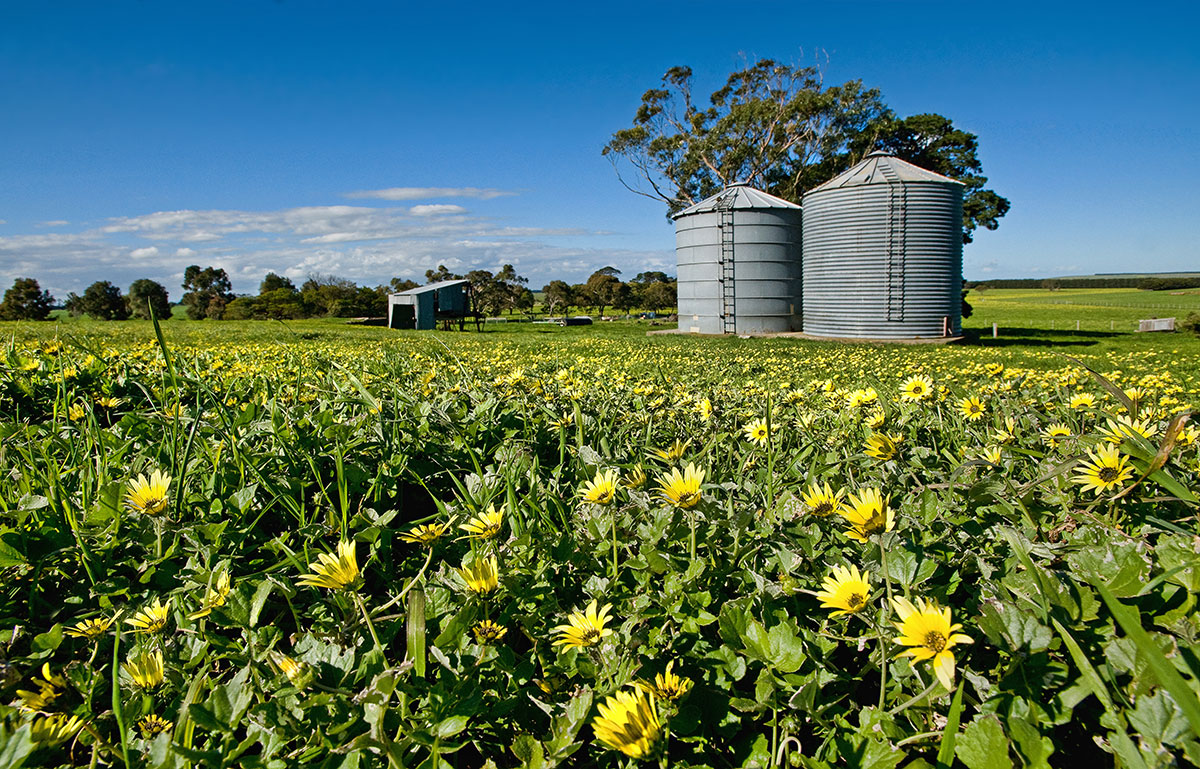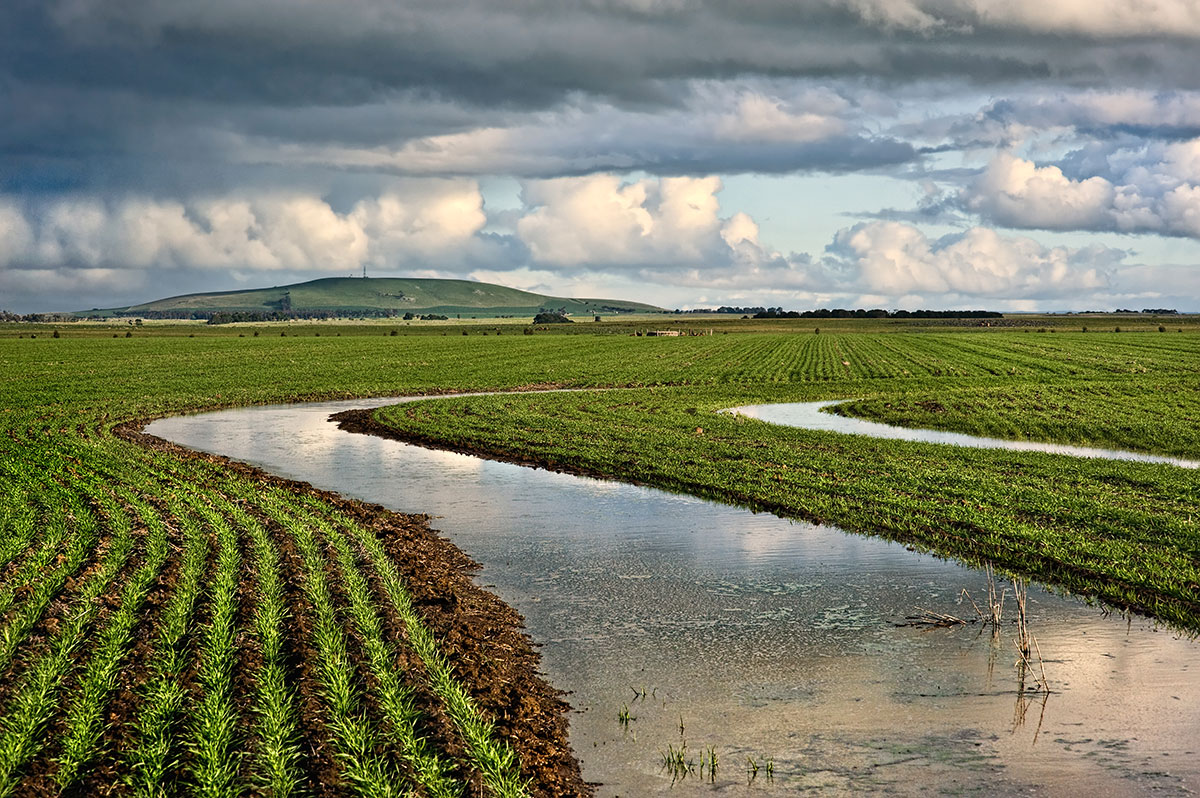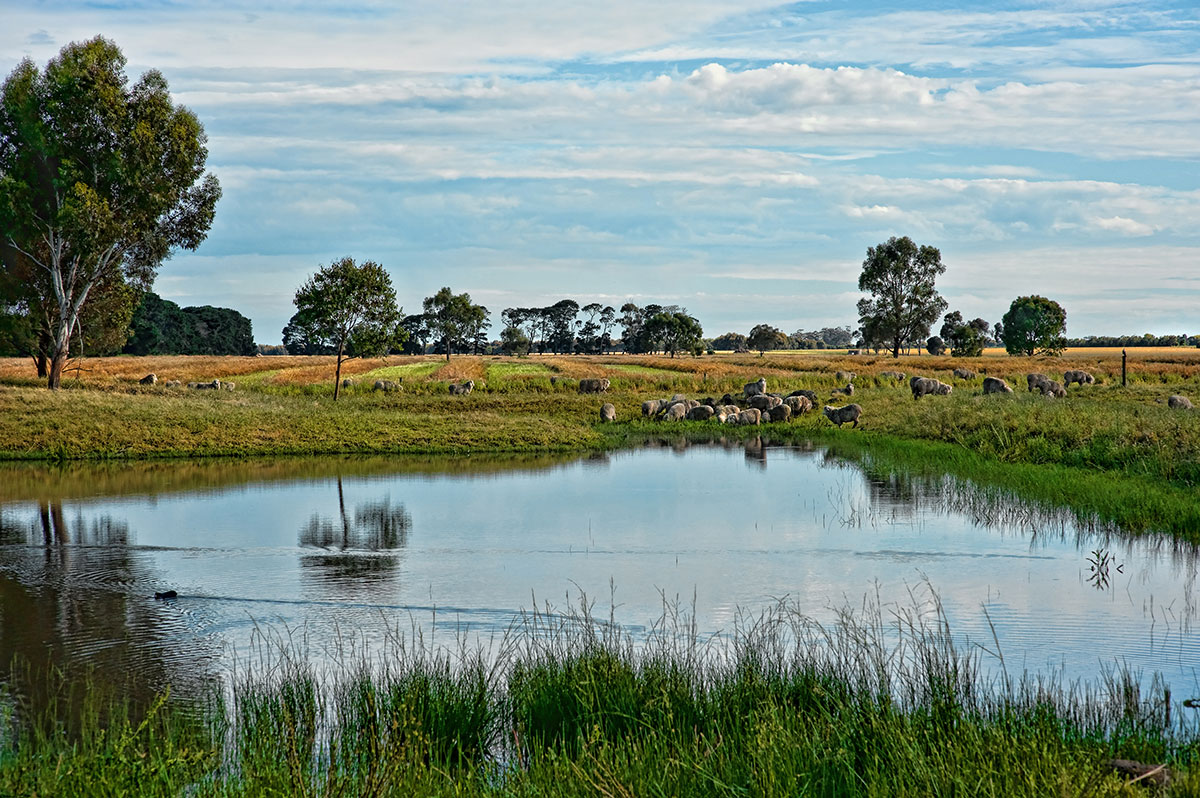Natural strategies to manage animal and soil health
Mount Hesse is situated on volcanic soils, which are naturally low in phosphorous, a necessary nutrient in productive pastures. To make best use of the natural fertility without overdependence on the application of fertiliser, only deep rooted perennial grasses are established in new pasture. The deep root systems of these grasses extract nutrients unavailable to shallow rooted annuals, and therefore minimize the need for the application of the increasingly scarce and expensive phosphorous fertiliser.
A diverse mix of pasture and feed species, with different growth cycles are utilised to help manage seasonal feed fluctuations, including Lucerne and summer-active fescue grasses. Such diversity, coupled with rotational grazing means we can manage animal health and nutrition without over-grazing, thereby maximizing animal, pasture and soil health.
With climate variation being inevitable, we will actively pursue and adapt new management techniques to retain productivity and minimize our impact on environmental health.
Controlling pests and weeds naturally
Chemical use is minimized on Mount Hesse through the use of Integrated Pest Management (IPM) strategies in the production of our crops and pastures. IPM means using natural systems, and knowledge of pests and lifecycles and habitats to minimize their impact on farm production. For example our lucerne stands have not been sprayed for red legged earth mite (a prominent pest) since sowing; whereas commonly farmers may spray up to four times a year to maintain production.
Another example is the utilization of grazing management to control grass and broad-leaf species that are unwanted in our pastures. With an increase in stocking rate and grazing time, most weed species can be controlled and even eradicated without the need for expensive and potentially dangerous chemicals.


